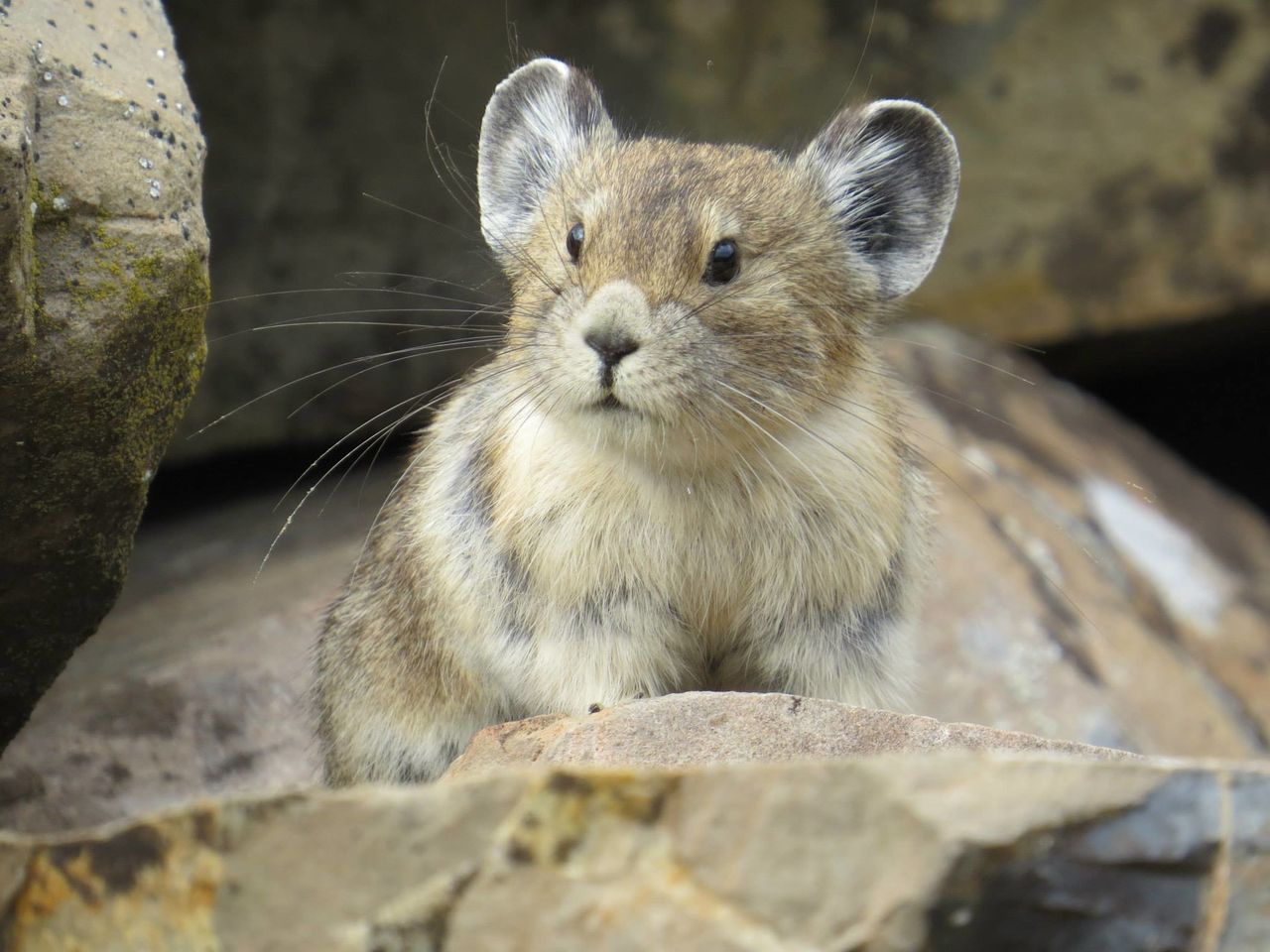The evidence seems unequivocal: The American pika is rapidly vanishing from the mountains of the western U.S., and scientists say it is climate change that has imperiled these tiny mammals.
Yet the Fish and Wildlife Service last month denied the pika protections under the Endangered Species Act, even though it has gone extinct locally in many areas of the West. Conservationists say politics rather than science drove the decision, which they called an enormous disappointment.
This is the second time the FWS has denied a request for pika protection. In 2010, it concluded that such efforts were not warranted. “The species as a whole will be able to survive despite increased temperatures in a majority of its range and is not in danger of extinction in the foreseeable future,” the agency said at the time.
That assertion came just a year after University of Colorado ecologist Chris Ray determined that the American pika would be “extinct within the next 100 years” if current trends continue.
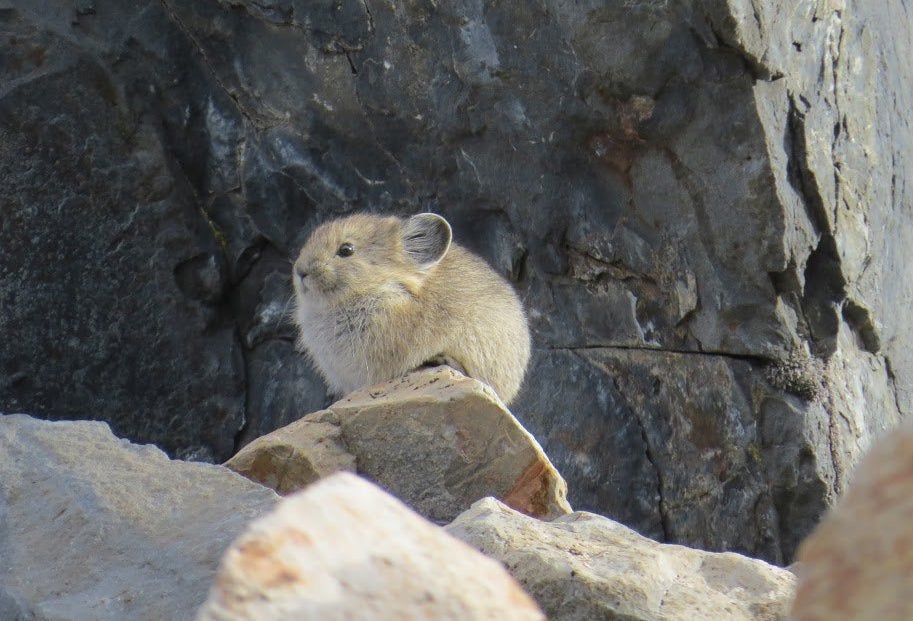
The latest FWS denial, issued in September, came in response to a petition from a New York high school student named Timothy Eng. The pika is in “more trouble than other species that are currently listed [under the Endangered Species Act], and yet they are not being protected,” he said. Eng added that “many new studies and reports” have shown that the pika is facing a “much larger threat” from climate change than was even believed a decade ago.
The FWS asserted, however, that Eng’s petition did not contain enough new scientific evidence to support a change of heart. Thus, the agency said it would not be “initiating a status review of this species in response to this petition.”
But conservationists insist the evidence to support protecting the pika, an animal that’s been described as a cross between a “bunny rabbit and a prairie dog,” is ample and unambiguous. Pikas live on rocky mountain slopes known as talus, which are becoming hotter and drier, and are getting less snow cover. The animal’s thick, insulating coats make them particularly vulnerable to rising temperatures.
“The Service’s recent denial of protection to the pika once again ignores the science showing it is in danger, and ensures that these beautiful animals will continue to vanish from our western mountains,” Shaye Wolf, the climate science director for the Center for Biological Diversity, told the Huffington Post. The center was one of the organizations that petitioned for pika protection in 2010.

Several studies, spanning more than a decade, have found that climate change has driven a significant decline in pika populations. About a quarter of historic pika populations in the Great Basin, which extends from California’s Sierra Nevada mountains to Utah’s Wasatch range, had gone extinct locally over the previous century, according to a 2003 survey led by U.S. Geological Survey scientist Erik Beever. The researchers concluded at the time that global warming had played a significant role in the pikas’ disappearance.
“The high-energy mammals can overheat and die at temperatures as mild as 25 degrees Celsius [77 degrees Fahrenheit] if they can’t regulate their body temperature by moving into the cooler microclimate under the talus,” said a 2010 paper about the pika. “And since they already live near the tops of mountains, when a particular talus field’s microclimate becomes inhospitable, they simply have nowhere to go.”
President Barack Obama mentioned the pika’s plight in a speech at Yosemite National Park last June. “Make no mistake, climate change is no longer just a threat, it’s already a reality,” Obama told the crowd. “Meadows are drying out. Bird ranges are shifting farther northward. Alpine mammals like pikas are being forced farther upslope to escape higher temperatures.”
More recent studies have further illustrated the impacts of climate change on the American pika. Beever, still with the USGS, published a study in August showing that pika populations are shrinking not just in the Great Basin, but also in other parts of Utah and California.
Local extinctions in the Great Basin had reached 45 percent ― a marked increase from the 24 percent found in 2003, the study found. Almost 40 percent of historic pika populations had vanished from northern California; and in Utah, pikas had disappeared entirely from Zion National Park and were no longer found in 75 percent of their historical habitat in Cedar Breaks National Monument.
Beever said their research showed that populations are thriving in some areas, such as Oregon’s Columbia River Gorge and Wyoming’s Grand Teton National Park. But overall, the animal is under serious threat from rising temperatures.
“Research results from papers published over the last 13 years continues to suggest that climate is the single-strongest factor governing pika losses,” Beever told HuffPost in an email.
The FWS said the agency would not take the results of the latest USGS survey into consideration in its pika decision, as it was published after Eng’s petition was submitted and was not included in the document.
“When the service makes a finding on an ESA petition we are limited to the information that is in the actual listing petition or information that is readily available in our files,” said an FWS spokesperson in a Wednesday email. “We are aware that new research on the American pika has been recently released. This information was not included in the listing petition and therefore was not included.”
But the Center for Biological Diversity’s Wolf pointed to the plethora of research available on the topic, and said the agency had more than enough evidence to extend protections to the pika. “It could have and should have considered the many important new studies available,” she said.
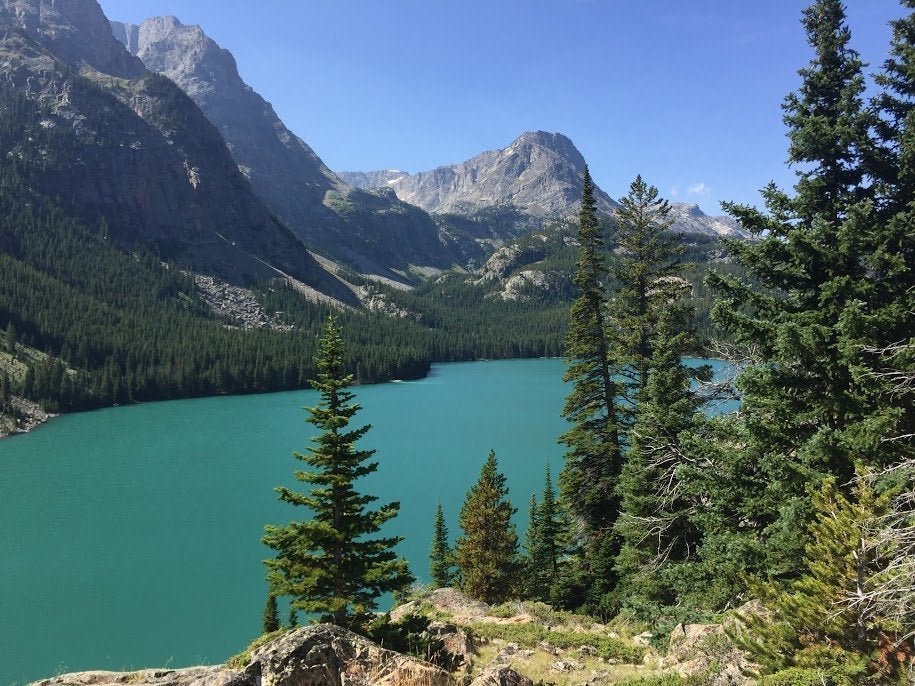
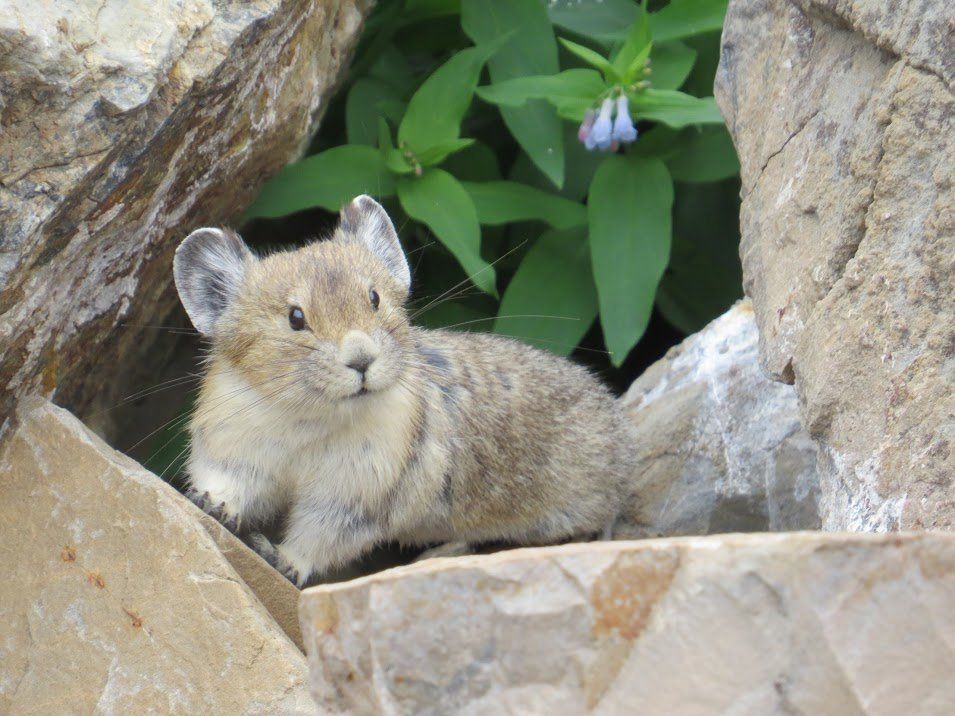
Wolf argued that the hesitation to list the pika as endangered could be politically driven, because listing a species as threatened due primarily to the impacts of climate change would have far-reaching implications.
“These decisions often appear to be influenced by political pressure rather than being based squarely on the best-available science as required by the ESA,” she said.
If a species is granted protections under the Endangered Species Act, the government is legally obligated to protect it. That’s relatively straightforward when the threat is from building condo complexes or the use of a specific pesticide. But in the example of climate change-driven extinction, the problem is the entire global energy and industrial complex. Addressing it would take sweeping regulations on planet-warming greenhouse gas emissions.
To date, the FWS has not listed any species as endangered based on the threat of climate change alone. The polar bear has gotten the closest to the distinction, after environmental advocates petitioned the Bush administration to grant protections due to the disappearance of Arctic sea ice. But the Fish and Wildlife Service decided in 2008 to list the bear as “threatened,” a lesser category that does not carry the same legal weight. (As the agency explains, though “all of the protections of the Endangered Species Act are provided to endangered species,” not all of those protections are available to threatened species.) The Obama administration upheld the polar bear decision in 2010, arguing that the “the Endangered Species Act is not the proper mechanism for controlling our nation’s carbon emissions.”
On Monday, a federal appeals court upheld the decision to list an Alaska population of bearded seals as threatened under the Endangered Species Act. The seals, like polar bears, are at risk of extinction as climate change drives melting sea ice. The Alaska Oil and Gas Association, the American Petroleum Institute, the state of Alaska and indigenous Alaskans had challenged the decision.
Conservationists said the court’s ruling could set an important precedent for protecting other species threatened by climate change.
This isn’t the first time a court has stepped in to support the listing of a climate change-threatened species.
In 2014, the Fish and Wildlife Service withdrew its proposal to protect American wolverines in the lower 48 states under the Endangered Species Act due to climate-related impacts. Wolverines need snow to survive, both for denning and foraging. Much of the animal’s habitat is now melting.
Earlier this year, a federal judge ordered the FWS to reconsider its wolverine decision, finding that it is a “snow-dependent species standing squarely in the path of global climate change.” The court found that “immense political pressure” had possibly influenced the agency’s decision to withdraw its proposal.
The FWS said this month it would start a new review on the North American wolverine population. The agency has invited members of the public to submit relevant scientific or commercial information on the species. It will accept submissions until mid-November.
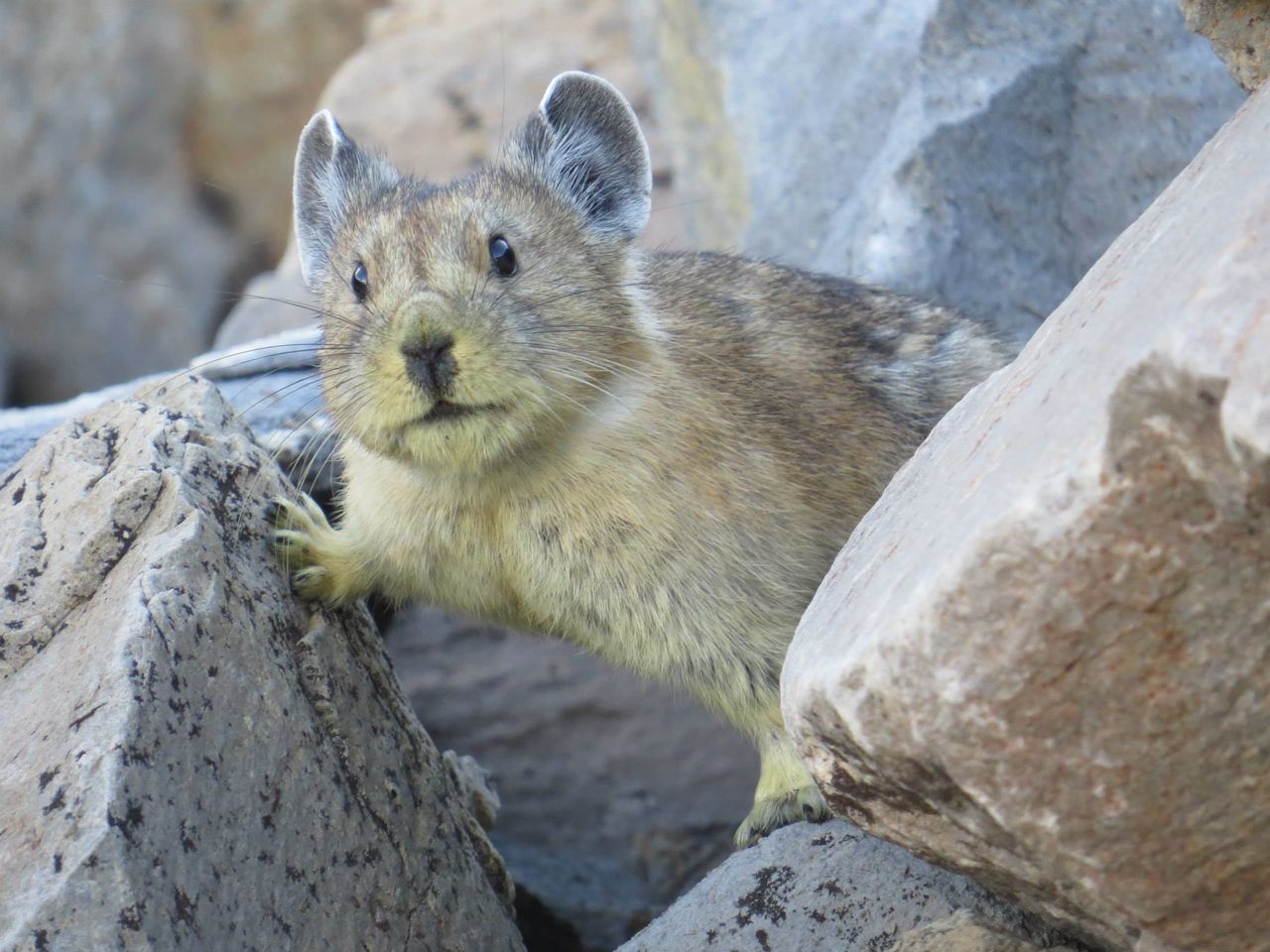
The FWS said listing an animal under the Endangered Species Act can be a laborious and complex progress.
“Some of the major challenges we face in the ESA listing process involve workload and capacity,” a spokesperson said this week. “At times, the Service has received ‘mega petitions’ that have included dozens and even hundreds of species being petitioned for listing at a time. Such large petitions can be unclear, disorganized, mix scientific information between species being petitioned, and in general be a huge challenge to process.”
The agency said it is “continually looking for ways to improve the implementation and effectiveness of the ESA, and we recently finalized some changes that should greatly help with these challenges. We also recently developed and announced a seven-year workplan to address pending ESA status reviews and Candidate Species.”
As for the pika, there’s renewed hope for the animal described as one of the nation’s cutest critters.
The FWS said it is now reviewing the latest USGS study. It will be “re-evaluating the status of the pika in the coming weeks and months.”
Wolf said the Center for Biological Diversity is considering submitting a new petition for the animal. “In 2010 the FWS denied protection to the pika largely based on the unsupported assertion that pikas would be able to adapt to global warming,” Wolf said. “But they are not adapting ― they are dying.”
“It’s devastating that they are disappearing from so many of the places where we once used to see them,” she continued. “By extinguishing these beautiful creatures, we are creating a lonelier planet.”
